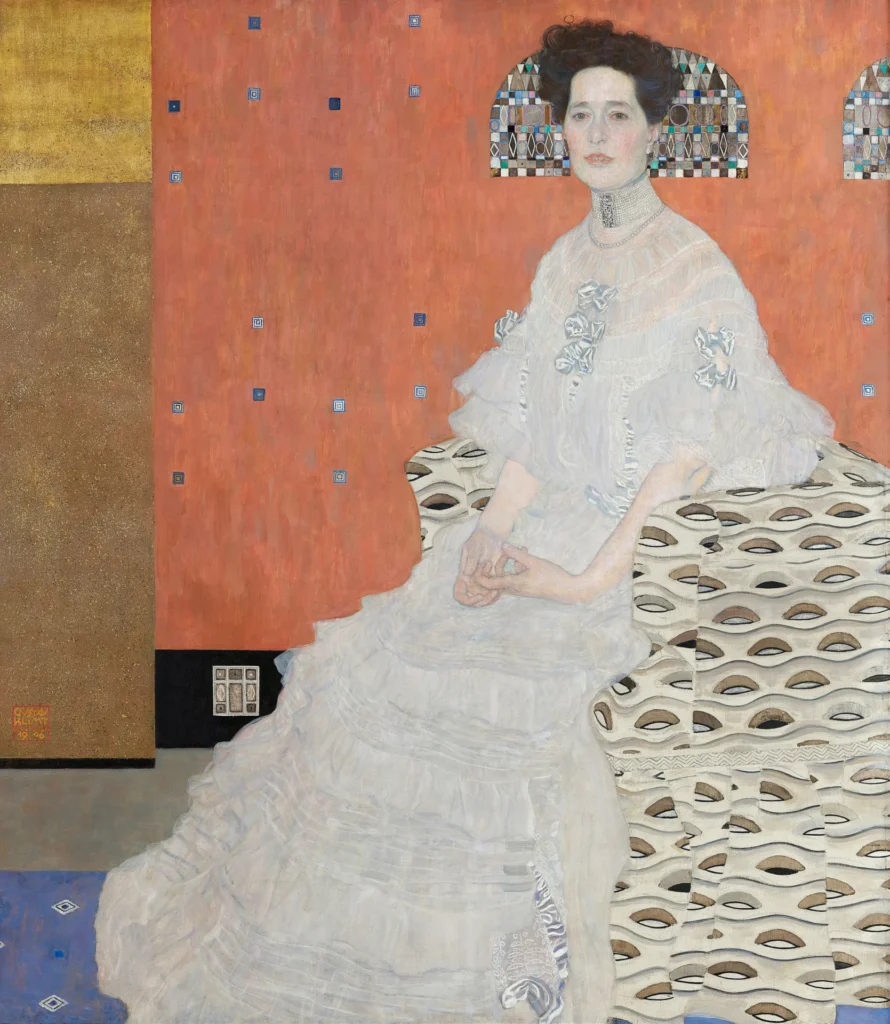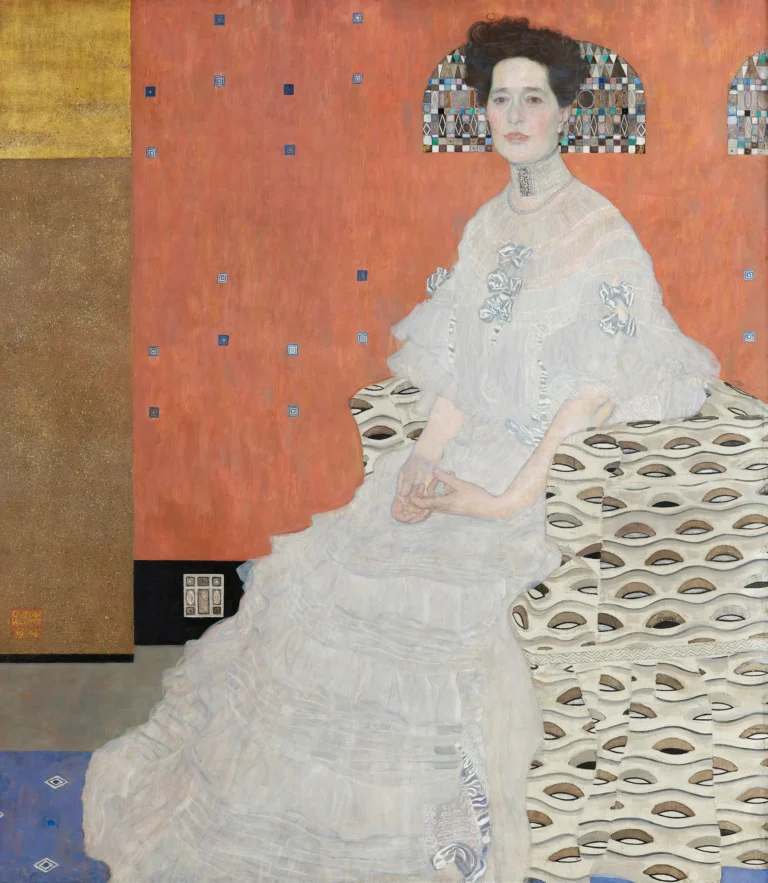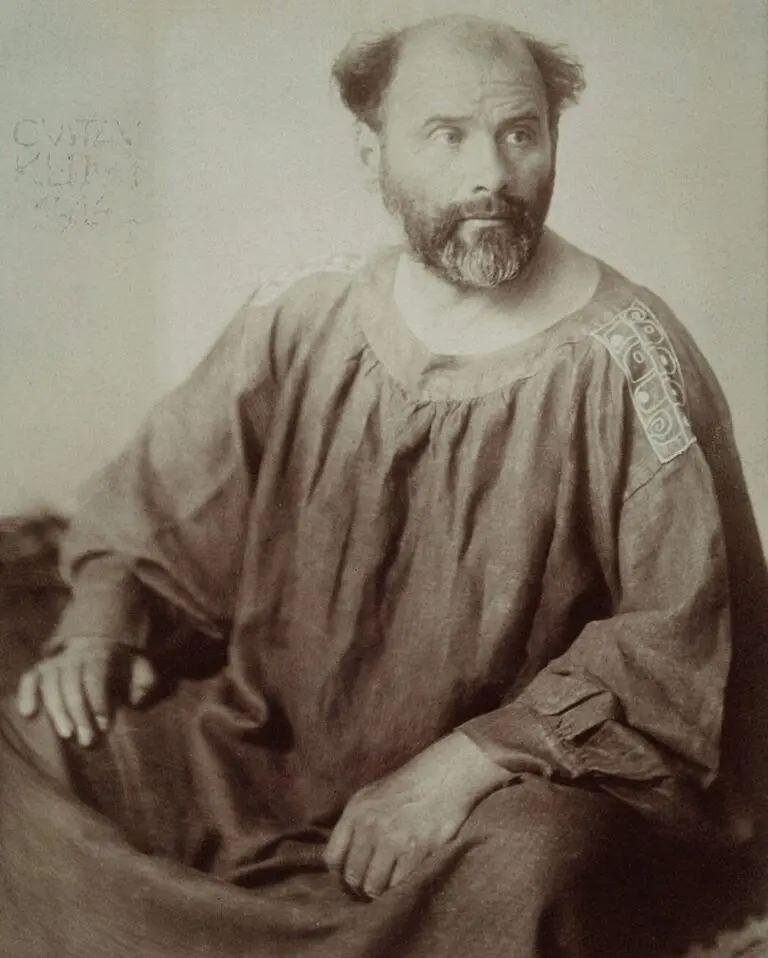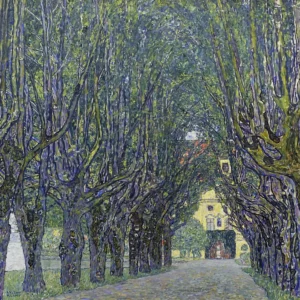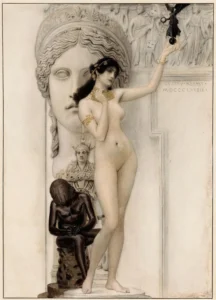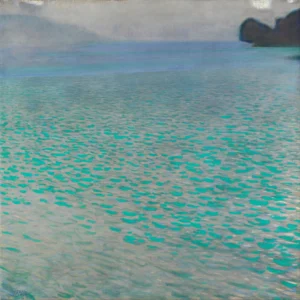Fritza Riedler (1906)
Gustav Klimt's "Portrait of Fritza Riedler" is a stunning oil-on-canvas piece that captures the poised beauty of Fritza Riedler, celebrated for its elaborate use of gold and decorative motifs. The painting elegantly balances realism in the portrayal of Fritza's face and hands with the abstract geometric patterns in the background, exemplifying Klimt's revolutionary approach during his "Golden phase." Set in an ornate armchair against a backdrop of rich colors and patterns, the portrait radiates a serene confidence, encapsulating the essence of the early 20th century’s artistic trends.
Year 1906
About the Artwork
Commissioned by Professor Alois Riedler, Fritza's husband, the portrait is a testament to both the subject's grace and Klimt’s artistic vision. Created at a time when Klimt was solidifying his reputation as a master portraitist, this work showcases his distinctive style that combines meticulous detail with bold ornamental elements. The portrait is a fascinating interplay between the hyper-realistic depiction of Fritza and the lush, decorative elements that frame her, thus challenging traditional portraiture and highlighting Klimt's innovative spirit. The work is entrenched in cultural significance, illustrating the intersection of personal commission and the artist's wider narrative within the Art Nouveau movement.
Did You Know
Liked what you see? Add it to your collection.
Enjoyed reading? Share it.
... continued
Subject and Commission
The portrait is of Fritza Riedler, the wife of Professor Alois Riedler, who was a teacher at the Institute of Technology in Berlin-Charlottenburg. The portrait was commissioned by her husband around or shortly before 1906.
Artistic Style and Technique
The painting is an oil on canvas work, measuring 153 by 133 centimeters, and is part of Klimt's "Golden phase," characterized by the extensive use of gold and other metallic elements. It combines naturalistic representation with Art Nouveau ornamentation. The portrait features Fritza Riedler seated in an elegant pose, exuding relaxed confidence and refined grace.
Color Palette and Composition
The color palette is notable for its muted tones, particularly the use of whites and off-whites for her dress, which is intricately detailed with floral motifs and other ornaments. The background includes rich golden hues and sumptuous browns, along with geometric and abstract patterns typical of Klimt's work during this period. The right side of the portrait features more geometric and abstract elements, adding a decorative flair.
Decorative Elements
Klimt's use of decorative and symbolic motifs is evident in the background, which includes geometric and golden patterns. The armchair in which Fritza sits has been transformed into a two-dimensional outline filled with gold and silver eye-shaped motifs, blending realism with abstraction. A semicircular shape behind her head, decorated with mosaic layers, frames her face and draws attention to it.
Realism and Abstraction
The portrait is marked by a contrast between hyper-realism in the depiction of Fritza's face and hands, and the almost abstract geometric shapes in the decorative patterns of the armchair and background. This contrasting effect was one of Klimt's innovations, opening up new visual possibilities and distinguishing his work from typical Art Nouveau style.
Current Location
The "Portrait of Fritza Riedler" is housed at the Belvedere museum in Vienna, Austria, where it is available for public viewing.
Historical Context
Klimt was already an acclaimed portrait painter by around 1905, having created other notable works such as the "Portrait of Margaret Stonborough-Wittgenstein" and "Portrait of Adele Bloch-Bauer" during the same period. His meticulous approach to composition and his emphasis on idealism and harmony are reflected in this portrait as well.




